We've been having trouble with our septic tank system for the past few years, so we got it completely reworked recently. The workmen created a new drain field along the same basic route as the original one, but further east, so they're sort of parallel, with only with a young laurel oak I planted between them. The original drain field stayed wet a lot, so I planted irises, false nettles and a button bush - all thrived under those conditions. The new field is better, so, hopefully, will stay dry. Now if it doesn't rain enough, I'll have to water the irises, buttonbush and false nettles! :0
Anyway, when they made the new field, they had to bull doze the bushes, dead (Katrina) loblolly pine trees and weeds that were there - I picked this spot, because there wasn't much to lose there. We hired a young man with a strong back to saw the pines into pieces, haul them off, plus the debris. I don't know why the topped off, dead pines hadn't fallen yet. I've been doing more work in the area, mostly pulling out briars. They dug the ditch to put the field lines in, and when they covered them up, they put clay back on top, so we're probably going to have some top soil brought in, and get the same young worker to spread it out over the area, so at least there will be a little decent soil there for things to grow in.
I'm trying to turn a lemon into lemonade by creating a meadow. You can't plant trees in your drain field, but shallow rooted plants are desirable. I've decided that in all likelihood, since they did such a good job of the new drain field, it'll stay dry, or as dry as rainfall will allow. So, I thought I'd transplant a lot of native grasses from the "meadow" up by the main road, plus some that grow here and there in the woods. I'm studying grasses, and I think the roadside grasses are mostly types of panic grass, fescue, soft rush, and a cute little foxtail grass that grows RIGHT by the side of the main road - I've read it's not native, but it doesn't appear to be invasive.
There is a pretty grass/Carex glaucescens that grows here and there in open areas of the woods that makes cute little seed spikes that various critters are supposed to eat, but I can't find any seed or plants for sale. I'm going to try and gather seeds this fall from plants in my woods, plus I might transplant at least one plant - it would likely drop plenty of seeds and propagate itself.
I'd also like to plant some Saccarum giganteum/Erianthus giganteus/plumegrass, because it's pretty, and a type of cane, so I think it would probably host lace-winged roadside skippers. I got a visit from one last year or year before, and I thought it was a cutie!
{{gwi:466197}}
There is a pretty grass called oatgrass/Chasmanthium latifolium that I could plant in the shady section of the drain field. I don't think I've ever seen it growing here, but it's supposed to be native and like shade, so it'd probably do good in the shady area.
I would also plant good meadow plants for this area, like our native black-eyed susans, which I'd probably have to dig up from a roadside somewhere (I've successfully done this before), some swamp sunflowers/Helianthus angustifolius, the blue lobelia that thrives on roadsides here (haven't yet identified it), wild petunia, partridge pea, etc.
After the grasses are established, I can gather agalinis seeds in fall and sow them among the grasses, giving the buckeyes their favorite host plant.
And there are numerous other meadow plants that I could use as I think of them.
Here is a picture of the sunny part of my new drain field - you can't see the shady part, which is behind and to the right of me. The old drain field is to the right of the sunny part of the new one - you can see my buttonbush and a patch of false nettles. The woods are to the left and in the distance, and the house (unseen) is to the right -
{{gwi:466198}}
I'm really enjoying learning about the native grasses, never having planted them.
If anybody has any suggestions, please feel free to offer them!
Sherry

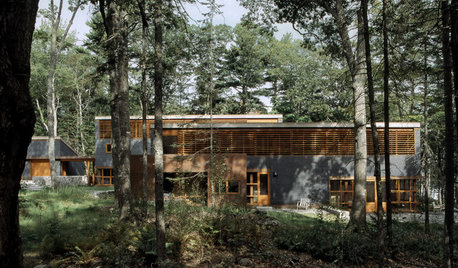
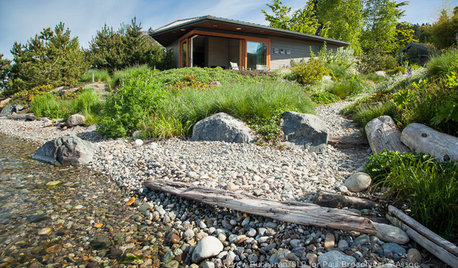
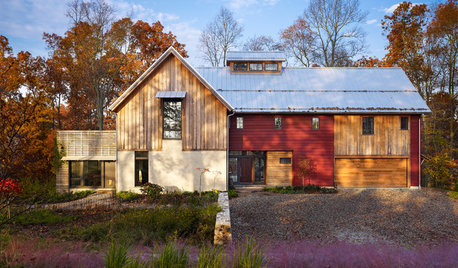
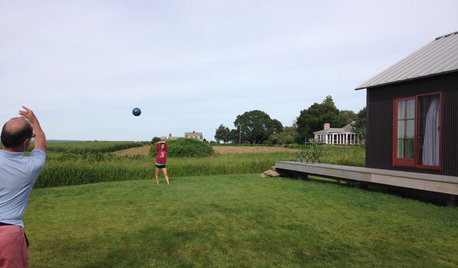
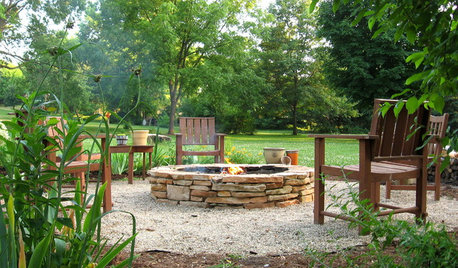
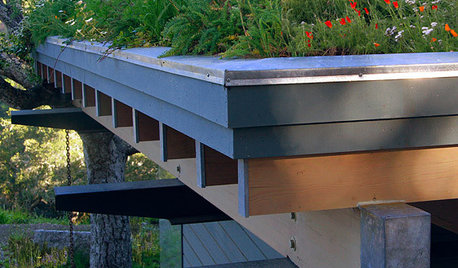
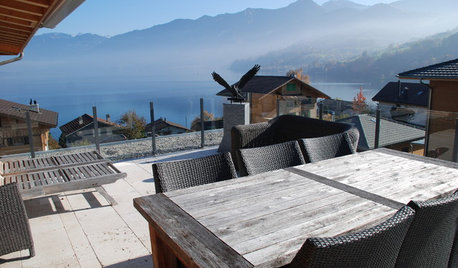

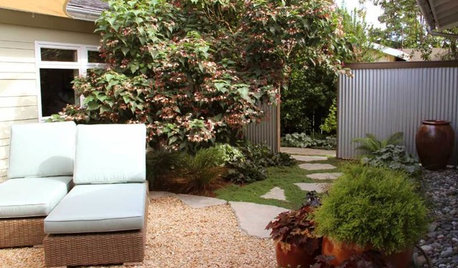







susanlynne48
MissSherryOriginal Author
Related Professionals
Prairie Ridge Landscape Architects & Landscape Designers · Concord Landscape Contractors · Athens Landscape Contractors · Byram Landscape Contractors · Fort Myers Landscape Contractors · Hicksville Landscape Contractors · Milford Mill Landscape Contractors · North Plainfield Landscape Contractors · Ponte Vedra Beach Landscape Contractors · Eastlake Landscape Contractors · Holbrook Fence Contractors · Spring Fence Contractors · Auburn Window Contractors · Fort Washington Window Contractors · Missouri City Window ContractorsMary Leek
bernergrrl
MissSherryOriginal Author
ronkw
MissSherryOriginal Author
butterflymomok
bananasinohio
butterflymomok
Mary Leek
butterflymomok
MissSherryOriginal Author
ronkw
MissSherryOriginal Author
MissSherryOriginal Author
ronkw
Mary Leek
butterflymomok
fighting8r
MissSherryOriginal Author
fighting8r
MissSherryOriginal Author
fighting8r
MissSherryOriginal Author
fighting8r
bettyd_z7_va
mere
MissSherryOriginal Author
KC Clark - Zone 2012-6a OH
MissSherryOriginal Author
KC Clark - Zone 2012-6a OH